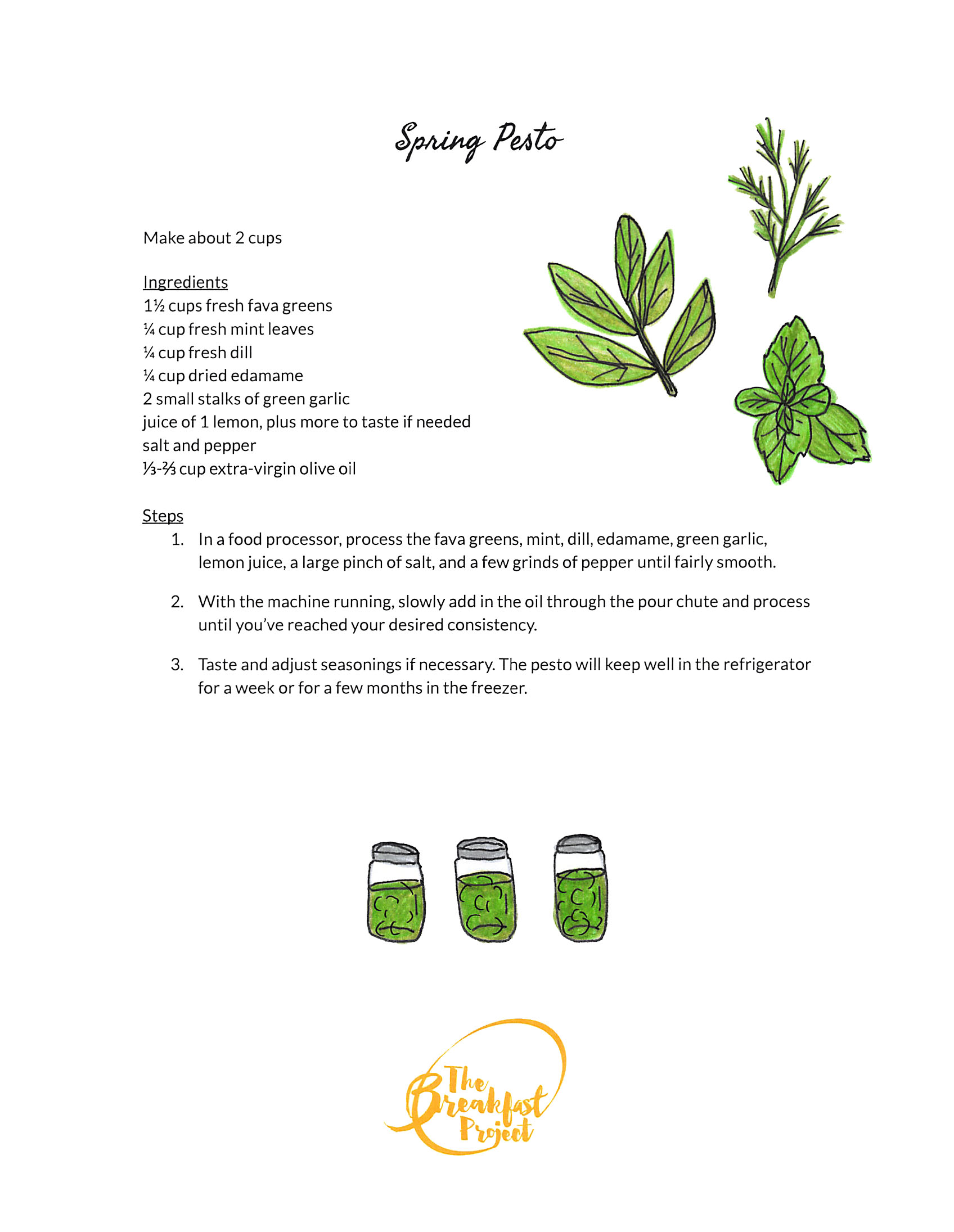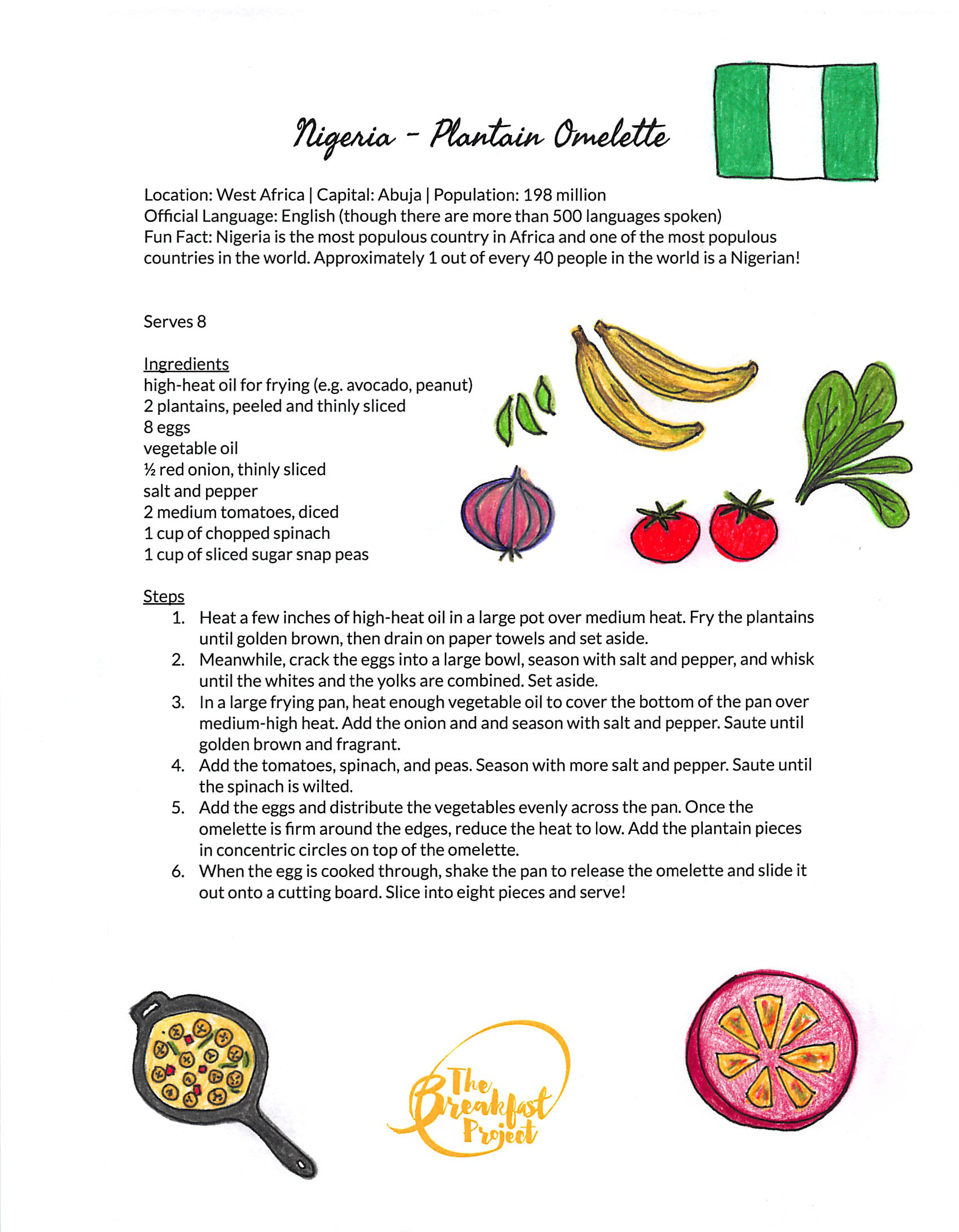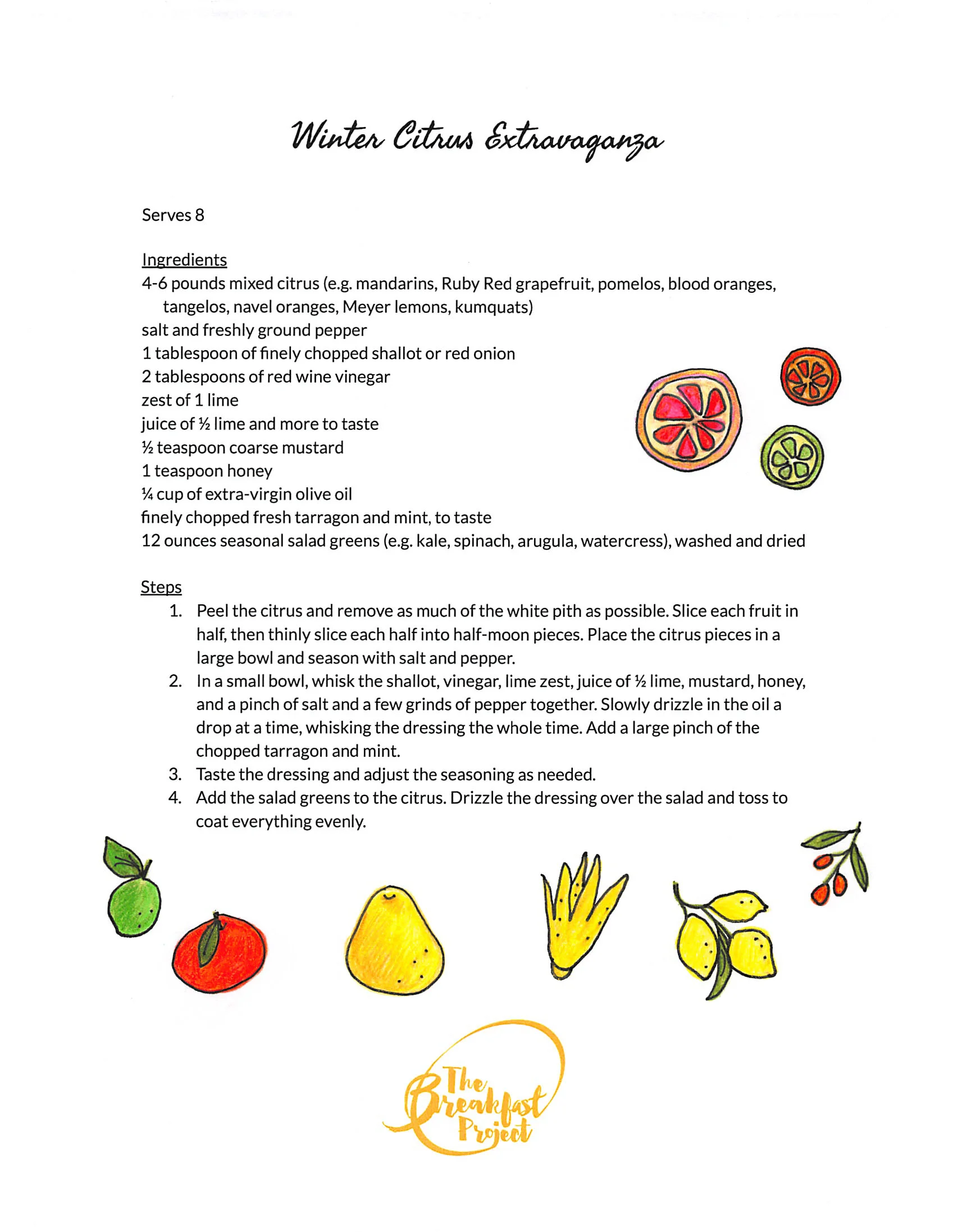Continuing on our journey exploring local winter produce, this week we made a recipe that featured the Brassica genus of plants, also called cole crops or cruciferous vegetables. The word cole comes from the Latin word caulis, which means “stem” or “stalk,” and the word cruciferous comes from the New Latin Cruciferae, which refers to the plants’ cross-shaped flowers.
In the Bay Area, we are lucky to be able to grow Brassica vegetables year round, but in the winter, the many different varieties available can make an otherwise slow-producing time of the year particularly exciting. Brassicas include common household favorites like broccoli and kale, but also include wasabi, rapeseed (from which canola oil is made), horseradish, and mustard. The students were very curious about how mustard comes from a plant, so we discussed how the cross-shaped flowers eventually become seed pods and how the seeds in turn can be ground up with vinegar and salt to make the condiment we are all familiar with on hot dogs.
These pancakes are inspired by the Japanese dish okonomiyaki. Okonomi means “what you like” and yaki means “cooked” and this is a recipe you can put anything you want into. In class, we used Tokyo turnips, kohlrabi (which the kids loved snacking on raw), lacinato (aka dino) kale, purple and green cabbage, and green garlic (not a Brassica but it never hurts to throw a little taste of spring into a winter meal!).
We also talked about how rich in vitamins Brassicas are and how eating fruits and vegetables that are deeply colored (like the kohlrabi and purple cabbage) is especially good for you. Like citrus, Brassicas are high in vitamin C, a particularly ingenious way for nature to help us fight off the flu and the cold during the winter months.
Before heading into the kitchen, we checked in on the students’ cured squash seeds from last week. We watched a short video featuring Eatwell Farm founder Nigel Walker talking about saving seed. Ms. Reynolds mentioned that her students will be starting the seeds in the classroom for transplanting when it’s warmer either at home or in the school garden.




















































































































































































































































































